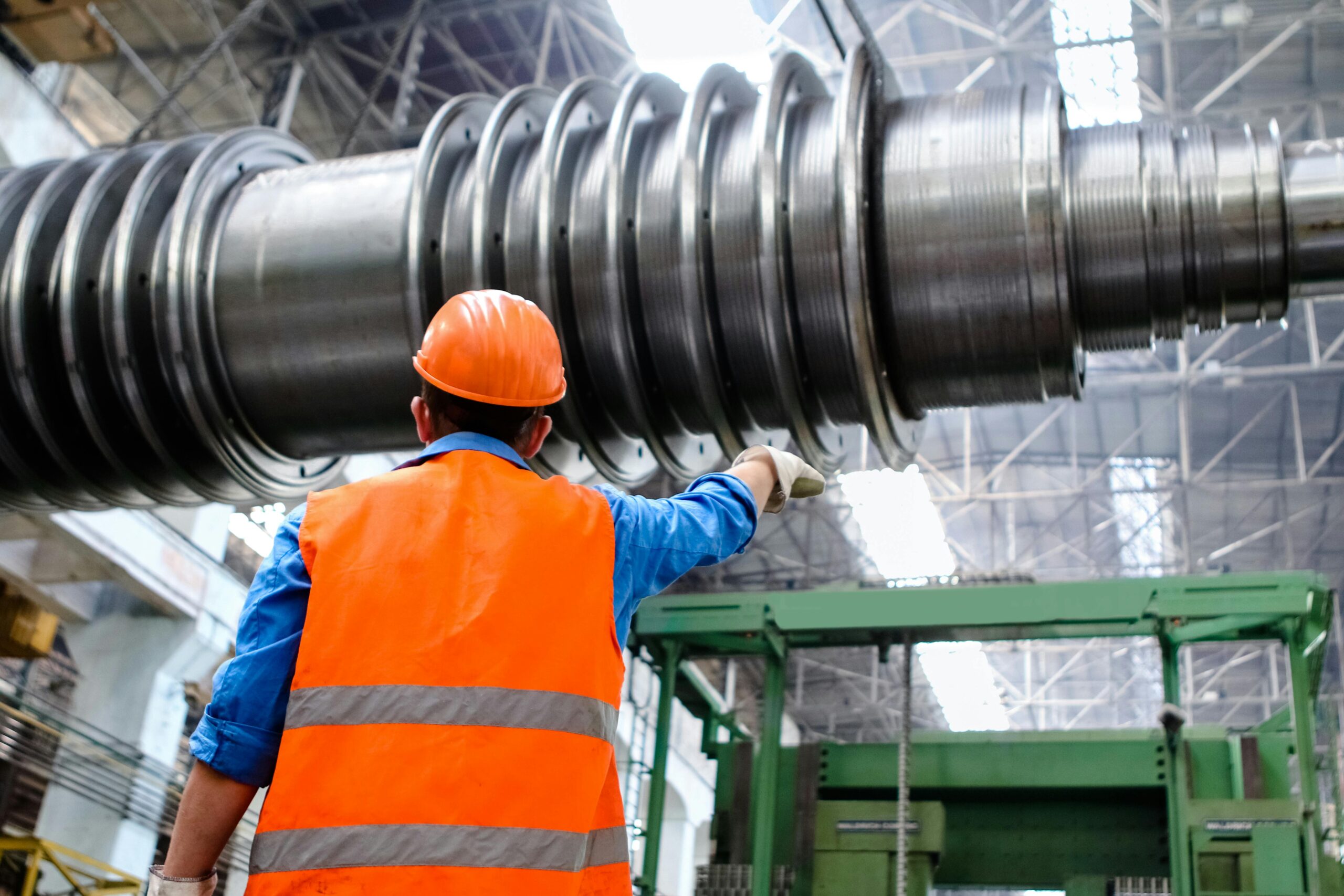Smart factories represent the future, where interconnected systems and real-time data drive efficiency and innovation. Transforming a traditional factory into a smart one offers cost-effective ways to manage operations, boost productivity, and reduce overhead.
However, businesses must figure out how to make their factories smart without incurring overwhelming costs. This is because the transition from traditional production systems to smart factories involves investing in advanced machinery, sensors, software, and infrastructure when using the latest equipment.
Used machinery offers a compelling and often overlooked solution for powering smart factories, and we will now discuss this in detail.
How used machinery can benefit smart manufacturing
Overcoming cost barriers with used machinery
The first way that used machines can power smart factories is by bringing down the cost of adopting smart technologies. New machines are expensive, not only in terms of the purchase price but also in lead times and installation. This can be a huge huddle for many companies, especially those with limited budgets that make purchasing entirely new machinery impractical.
Meanwhile, used machines can often be sourced faster and at a fraction of the cost. For businesses that need to remain competitive, leveraging used machinery is therefore a strategic move since it helps with rapid scalability and cost control in a future where automation is important.
By adopting used equipment, companies can also allocate more budget toward other crucial aspects of automation, such as software upgrades, cybersecurity, and employee training. This approach ensures that smart factory investments are balanced, and that automation isn’t limited to businesses with the deepest pockets.
Retrofitting existing machines
Retrofitting is one of the most effective ways to bring used machinery up to speed with automation. The process involves installing sensors, programmable logic controllers, and communication devices that enable machines to connect to industrial Internet of Things (IIoT) networks.
Used machines can be retrofitted and equipped with sensors, connectivity, and intelligent controls, allowing businesses to transform their existing operations into smart, data-driven systems without the financial burden of buying new machines.
For instance, adding an IoT-enabled controller to a legacy CNC machine allows it to become part of a broader connected network within a factory.
Even businesses using older machines in sectors that require precise automation, such as PCB manufacturing, can meet demanding standards like ENIG (Electroless Nickel Immersion Gold) with retrofitted equipment, thus achieving high-quality results while maintaining cost efficiency.
Sustainable automation
The future of manufacturing will be defined not only by technological advancements but also by sustainability. In this context, using pre-owned machinery aligns perfectly with sustainable manufacturing practices. By extending the life cycle of existing machines, manufacturers reduce the need for new resources and lower the environmental impact associated with producing new equipment.
Manufacturing new machinery requires significant amounts of raw materials, energy, and labor. Opting for used machinery minimizes this demand, contributing to the circular economy by recycling existing assets.
In an era where sustainability is increasingly important, businesses that integrate used equipment into their automated systems can reduce their carbon footprint while still benefiting from the productivity gains of automation.
Scalable automation with modular upgrades
Used machinery offers manufacturers a scalable approach to automation. Instead of replacing an entire production line, businesses can adopt a strategy of modular improvements by upgrading specific machines or processes over time. This helps in gradually integrating smart technologies which reduces disruption to ongoing operations and spreads out capital investments.
For example, a business may initially retrofit used machinery with IoT sensors for performance monitoring and data collection. Over time, additional upgrades can be added, such as automated controls or AI-driven decision-making systems. This step-by-step approach enables companies to scale their automation efforts at a manageable pace, without the need for large, upfront expenditures on new equipment.
As automation technologies continue to evolve, this flexibility will become even more important. New advancements in AI, robotics, and machine learning will require ongoing updates to factory infrastructure. Used machinery can be continuously adapted and upgraded to meet these demands, providing a future-proof solution for companies that need to remain agile in a rapidly changing landscape.
Developing optimal workflows with used machines
One common hesitation surrounding used machinery is its reliability. Business leaders often worry that older machines will require frequent repairs or won’t deliver the same level of performance as newer models. While this is a valid concern, it is important to recognize that modern advances in maintenance and monitoring technologies can mitigate many of these risks.
But one other advantage that used machines have is that they give businesses the ability to experiment and develop optimal workflows based on their existing needs.
By equipping used machinery with IoT sensors, manufacturers can monitor performance metrics in real-time. First, it enables predictive maintenance, allowing companies to proactively address wear-and-tear issues before they result in machine downtime.
Predictive analytics also provide insights into potential operational inefficiencies, helping companies optimize machine performance over time.
This is an advantage in bridging the gap to full automation. Instead of committing to a full factory overhaul with new equipment and untested technologies that come with a lot of bells and whistles that may not be needed in certain manufacturing process, companies can rely on used machinery to learn and adopt specific optimal workflows while addressing the limitations of the new technologies until a time comes when the businesses know exactly what they need and what they don’t need.
This can then help them design or acquire newer equipment based on the data and processes developed from working with used machinery in their automation phase.
Used machinery: A strategic advantage in automation
Far from being an outdated option, used machinery can be a powerful enabler of smart factories when paired with modern technologies and strategic upgrades. They are flexible, cost efficient, and sustainable and by leveraging them, manufacturers can lower the barriers to entry for automation, scale their efforts gradually, and position themselves for long-term success in the evolving landscape of Industry 4.0.





Leave a Reply